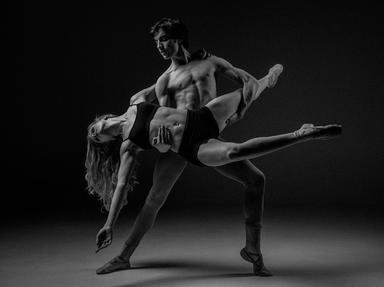Quiz Answer Key and Fun Facts
1. The muscles of mastication are derived from the first branchial arch in the embryo; which cranial nerve supplies them?
2. All four muscles of mastication attach the mandible (lower jaw).
3. Which of the four muscles of mastication arises from the zygomatic arch and inserts on the ramus of the mandible?
4. The lateral and medial pterygoid muscles arise from the lateral and medial pterygoid plates respectively. Which unpaired skull bone are these plates part of?
5. This muscle consists of both vertical and horizontal fibers. Its vertical fibers close the mandible, while the horizontal fibers retract the jaw back. Which of these is it?
6. Although not strictly a muscle of mastication, which two-bellied muscle helps open the jaw due to its attachment from below?
7. The movements of the mandible are up and down, and side-to-side. Animals with different feeding strategies are specialized for different movements. For which group (out of omnivores, herbivores, and carnivores) is the up and down movement particularly specialized?
8. Which muscle(s) of mastication is/are not involved in closing the mandible?
9. The medial pterygoid follows the same angle as masseter - arising from the medial pterygoid plate, where does it attach on the mandible?
10. Small and large movements in chewing are made along a different horizontal axis through the mandible - this is because otherwise vital structures such as the inferior alveolar nerve and artery could be torn on the bone. Which part of the mandible do these structures pass through?
Source: Author
reeshy
This quiz was reviewed by FunTrivia editor
crisw before going online.
Any errors found in FunTrivia content are routinely corrected through our feedback system.

